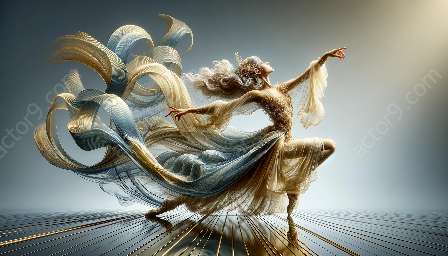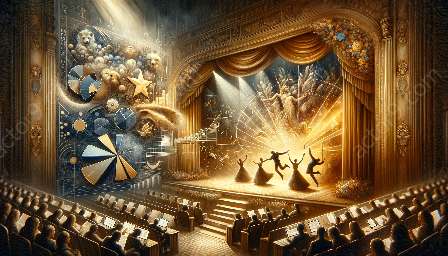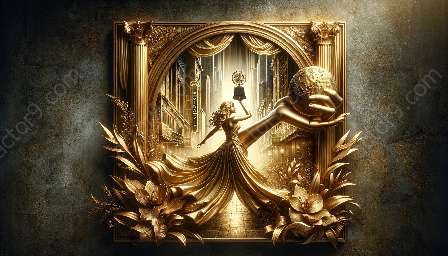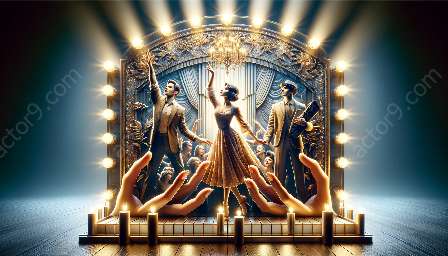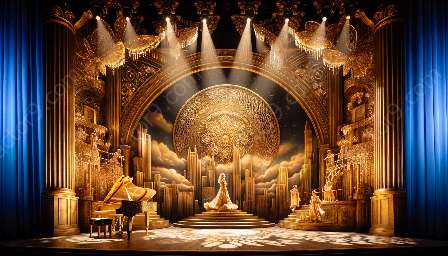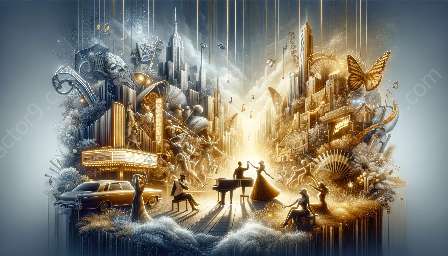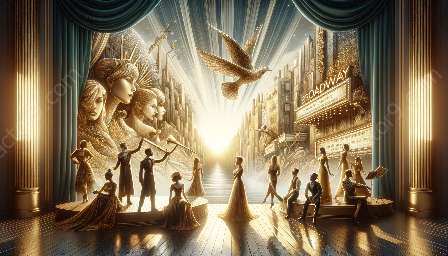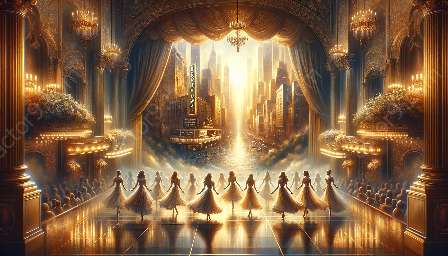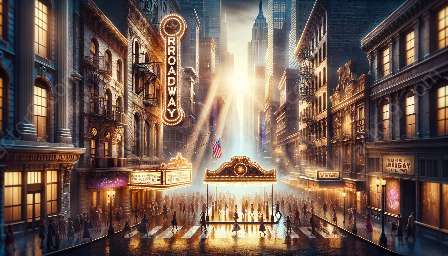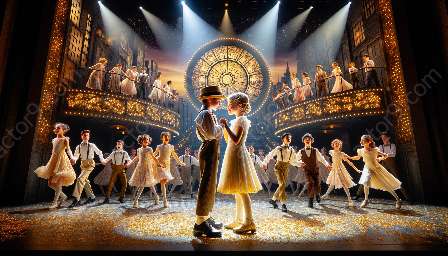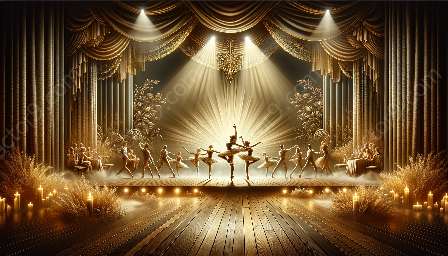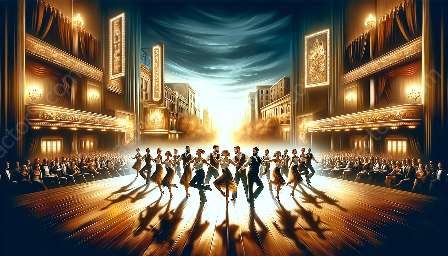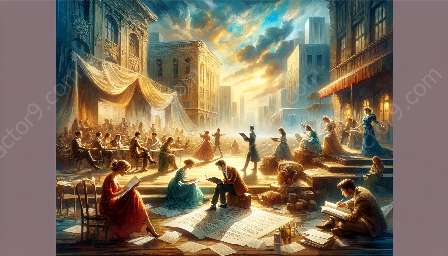As Broadway dance continues to evolve, the exploration of gender and identity has become a crucial aspect of choreography and the broader musical theater genre. This topic cluster will delve into the multifaceted relationship between gender, identity, and Broadway dance, analyzing the ways in which performers, choreographers, and productions have navigated and redefined these constructs over the years.
Evolution of Gender Representation in Broadway Dance
Broadway dance has long served as a platform for artists to express complex themes and emotions, including those related to gender and identity. Historically, gender roles in Broadway dance were often rigidly defined, with male and female performers conforming to traditional expectations in terms of movement, costuming, and character portrayals. However, as societal perceptions of gender and identity have evolved, so too has the representation of these themes in Broadway choreography.
Contemporary Broadway productions increasingly embrace diverse perspectives on gender and identity, leading to performances that challenge traditional norms and celebrate individual expression. This shift has allowed for a more inclusive and authentic representation of gender in dance, offering performers and audiences alike the opportunity to engage with a wider spectrum of experiences and identities.
Impact on Choreography and Performance
The exploration of gender and identity in Broadway dance has profoundly influenced choreographic choices and performance dynamics. Choreographers are now tasked with creating movement that respects and reflects the diverse range of gender expressions present in modern society.
This has resulted in the development of choreographic techniques that are more fluid, inclusive, and adaptable, enabling performers to embody a broader spectrum of gender identities through their movement. Productions have also become increasingly conscious of costume design and character portrayal, striving to dismantle gender stereotypes and create more authentic representations of identity on stage.
Intersection of Broadway and Musical Theater
The intersection of gender and identity in Broadway dance has not occurred in isolation, but rather within the broader context of musical theater as a whole. The incorporation of diverse gender perspectives has enriched the storytelling and thematic depth of musical productions, fostering narratives that resonate with audiences on a profound and personal level.
Moreover, the evolving landscape of gender and identity in Broadway dance has opened the door for new narratives and characters, giving rise to compelling stories that challenge traditional gender norms and celebrate diverse experiences. This intersection has led to a renaissance of creativity within the musical theater genre, ushering in a new era of inclusivity, representation, and innovation.
Conclusion
The exploration of gender and identity in Broadway dance has fundamentally transformed the choreographic landscape, influencing both the artistic expression and societal impact of the genre. As Broadway continues to embrace diverse gender perspectives and identities, the stage is set for a future of unparalleled creativity, authenticity, and inclusivity in dance and musical theater.




